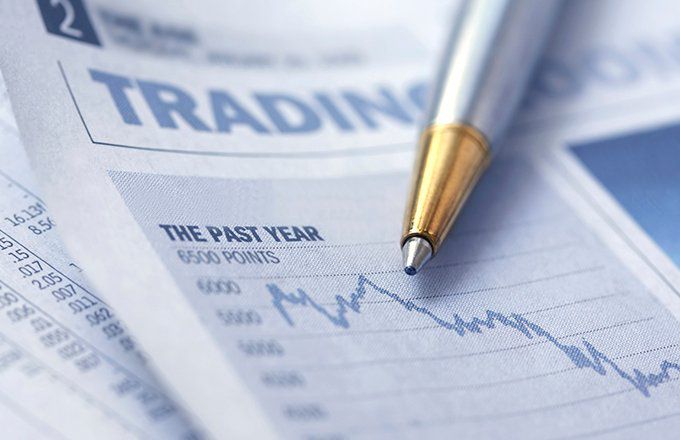Paper trading is the act of trading stocks or other financial instruments without actually executing any trades. The traders follow the performance of an investment using a demo account, by counting up stock prices and volumes to see how well their investments are performing. Paper trading is often used for educational purposes as it allows people to learn about different aspects such as market timing and risk management without investing real assets that can be lost if things go wrong.
Why to use paper trading?
Paper accounts can be used by retail traders and institutional investors alike. In both cases, there will often be restrictions that limit the extent to which an investor can trade as usual; for example, holding periods of assets may be restricted where this would not generally apply in the case of an actual account.
The point of paper trading is to simulate trading in a real account and learn about the markets and market mechanics before actually trading in an account.
Paper Trading is almost like a building block for the future professional trader. Paper trading was first used by the stock exchange to teach beginners how the market works and ways to make money. Today, it is still essential for those who wish to start off as traders even though they don’t have any real money yet. It also helps others who have less than 25-50k in their own accounts to understand how important it is for them not only to keep track of what they’ve done but also to learn about the market themselves by using a demo account or paper account. To practice with a margin calculator, paper trading is the ideal option as it comes without any risk.
Aside from its educational purposes, paper trading is also intended to allow new traders to gain experience in trading before deciding whether or not they would like to make the leap of faith and go live with their own money. This can be a good way of deciding whether or not this is a career that they want to pursue.
Components of Paper trading
A paper account consists mainly of 3things: systematic rules, which are set by the user and will then be used as guidelines on buying and selling, and charts, which are used to see how well these decisions are working out. Most demo accounts will not permit the user to actually buy stocks using their account as this would require a broker that carries out trades on behalf of the client. Instead, the user must find an online platform that will allow them to buy and sell stocks using their own account and choose which instruments they’re trading.
Many times, it is better to use a combination of paper trading and real money accounts when trading. This way, the user will be able to gain experience with the real market without risking too much money. At the same time, they can still use paper accounts as a risk management tool in case they do not have enough money to participate in full markets using their real money account.
In order for a trader’s paper trading to be of any value in making an investment decision, they will need up-to-date information on their targeted stocks. For small cap stocks, investors should be following fundamental news, as well as market and technical analysis.
Conclusion
Paper trading can be used to test various money management techniques and get a feel for how they work. It is not intended to be used for timing the markets; this is a skill that comes naturally with time. There are many different ways in which paper trading can be used, but it’s essential that the user has patience and discipline when using it, because even though paper trading will allow someone to make mistakes without losing any money, the same mistakes made with real money can lead to heavy losses and great disappointment.

